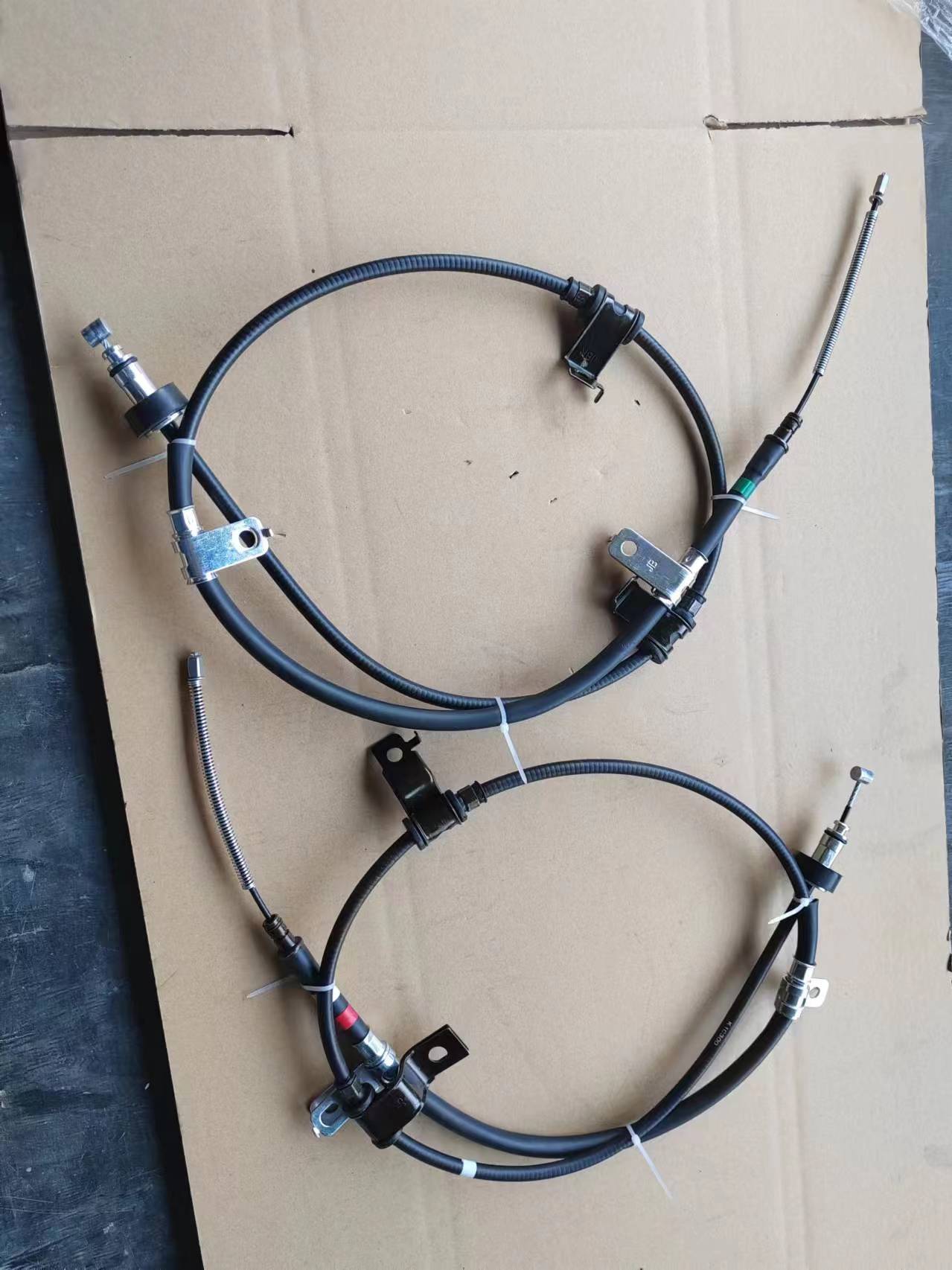Understanding Gas Pedal Mechanics and Throttle Cable Functionality in Vehicles
Understanding the Gas Pedal and Throttle Cable Mechanics and Functionality
The gas pedal and throttle cable are integral components of a vehicle's engine management system, playing a pivotal role in controlling the power output of the engine. While modern vehicles increasingly adopt electronic throttle control systems, many traditional vehicles still use the mechanical link between the gas pedal and the throttle, typically involving a throttle cable. Understanding how these components work together can provide valuable insight into the overall performance of a vehicle.
The Function of the Gas Pedal
The gas pedal, also known as the accelerator pedal, is the driver's interface for controlling the power and speed of the vehicle. When a driver presses down on the gas pedal, a series of mechanical actions are triggered. In a traditional setup, this action pulls on the throttle cable, which is connected to the throttle valve in the engine. As the throttle valve opens, it allows more air to enter the engine, which, when mixed with fuel, increases the engine's power output.
The responsiveness of the gas pedal is crucial for a smooth driving experience. It not only dictates acceleration but also affects the engine’s fuel efficiency. Pressing the pedal lightly allows for gradual acceleration, while pressing it hard leads to a rapid increase in speed, making it essential for drivers to have a good understanding of their vehicle's throttle response characteristics.
The Role of the Throttle Cable
The throttle cable serves as a mechanical link between the gas pedal and the throttle body. It is typically a flexible steel wire housed within a protective casing. When the gas pedal is pressed, the movement is transmitted through this cable, which then pulls on a lever at the throttle body, opening the throttle valve. This simple yet effective mechanism converts the driver's input into engine power.
gas pedal and throttle cable

Over time, throttle cables can wear out due to friction, exposure to temperatures, and environmental elements, which may cause them to stretch or fray. Such wear can result in poor throttle response or, in some cases, complete failure of the throttle control system. Therefore, regular inspections and maintenance of the throttle cable are essential to ensure optimal performance.
Transition to Electronic Throttle Control
While many older vehicles use the traditional gas pedal and throttle cable system, newer vehicles increasingly utilize electronic throttle control (ETC), also known as drive-by-wire systems. In ETC systems, the gas pedal is equipped with sensors that send electronic signals to the engine control unit (ECU). The ECU then adjusts the throttle position electronically, enhancing performance, fuel efficiency, and emissions control.
ETC systems offer several advantages over the traditional mechanical system. They allow for more precise control of engine performance, enable features such as cruise control and traction control, and improve overall vehicle safety. However, they also require a different approach to diagnostics and troubleshooting, as issues may be related to sensors or software rather than mechanical components.
Conclusion
The gas pedal and throttle cable are fundamental components of a vehicle's performance dynamics, particularly in traditional mechanical systems. Understanding their operation helps drivers appreciate the nuances of vehicle acceleration and handling. Although many modern cars are migrating to electronic systems, the basic principles of controlling engine power through driver input remain a critical aspect of automotive engineering. Whether through mechanical cables or electronic signals, the interplay between the gas pedal and throttle remains central to the driving experience. Regular maintenance, awareness of potential issues, and understanding the transition to newer technologies can significantly impact a vehicle's performance and longevity.
-
Upgrade Your Vehicle with High-Quality Handbrake CablesNewsNov.01,2024
-
Optimize Your Bike's Performance with Quality CablesNewsNov.01,2024
-
Enhance Your Vehicle's Performance with Quality Clutch ComponentsNewsNov.01,2024
-
Elevate Your Vehicle's Performance with Quality Throttle CablesNewsNov.01,2024
-
Elevate Your Vehicle's Performance with Quality CablesNewsNov.01,2024
-
Affordable Solutions for Your Cable NeedsNewsNov.01,2024
